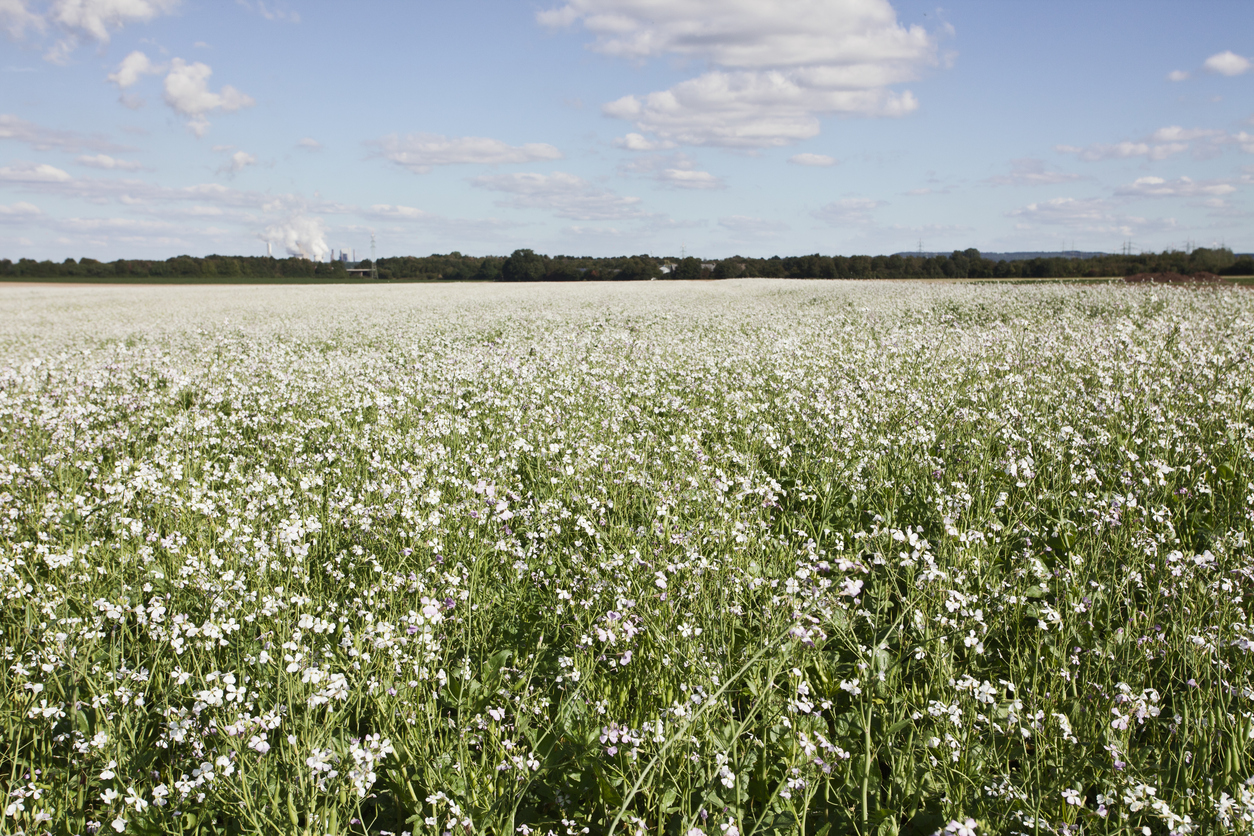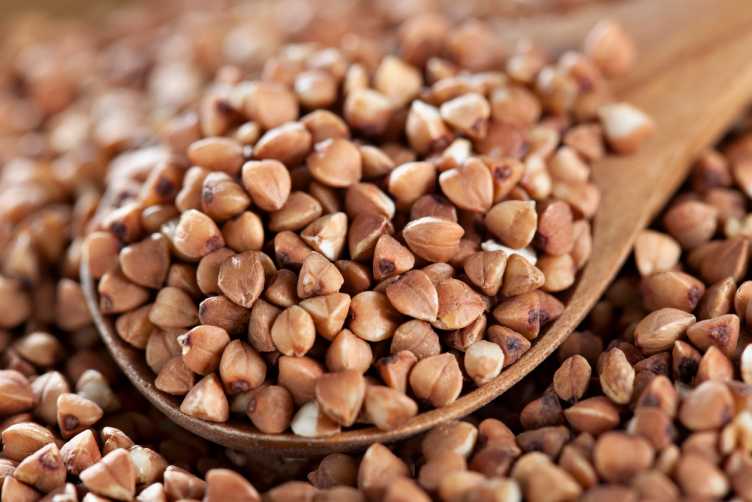More variety? Eat buckwheat!
What will it take to make our agroecosystems more diverse and secure? Take buckwheat, for example – an ancient grain-like plant with considerable potential. It's not related to cereals, yet produces storable seeds and can taste anything from deliciously tart to bitter.

About 50% of the earth's usable land surface is currently dedicated to the production of food; increasing this percentage would cause major problems for the environment and the world's climate. The world's population is also growing and becoming more demanding, as the consumption of meat and other animal products in previously vegetarian cultures becomes more fashionable and is viewed as a status symbol. But for every trend there is a counter-movement – in our culture, more and more people are turning vegetarian, or even vegan. As a rational plant scientist and self-professed currywurst lover, I can see both sides of the argument.
Fruit and veg alone won't fill us up
But there's one thing that's really starting to annoy me, even about myself: as a symbol of the rational need to make vegetarian food appealing to us, we are constantly shown colourful images of delicious old varieties of apple or tomato, funny-looking pumpkins and exquisitely misshapen carrots. Sure, I understand the logic behind it – we know the plants, associate them with a particular taste and get something colourful to look at.
But, ultimately, they're just side dishes. We flexitarians fill ourselves up on wheat, rice and potatoes, i.e. on the few individual crops that have dominated our fields for decades. If we all seriously wanted to live off tomatoes, we'd need several Earths to grow them all.
Competition for the traditional calorie suppliers

To significantly increase the resource efficiency and diversity of our agricultural production systems, we need to acknowledge that it's primarily the big calorie suppliers that make the difference. How do we grow them? What can we use to replace or improve them? How can we alter crop rotations so that our top sources of nutrition are no longer grown every second year, but perhaps every third? Pulses offer one answer, breeding another. And a third? Pseudocereals.
These are plants that we can grow like cereals and that produce storable seeds with similar product characteristics to grains, but which are not in fact related to grains and thus attract different pests – pests that don't yet pose a problem and will take decades to become as destructive as today's rampant grain pests.
A plea for pseudocereals
The three most important pseudocereals are buckwheat, quinoa and amaranth. All three can be grown easily in Switzerland. Quinoa and amaranth originated in South America and have now made their way into our health food and organic stores. Buckwheat comes from Asia and, for many years, was a widespread crop in Europe too. It was only in the 20th century, after progress was made in the breeding and cultivation of cereals, that it was relegated to second fiddle.
So buckwheat still has the potential to make up a larger portion of our diets and supplement the current big calorie hitters. Although its seed yield remains around half of that of the big cereals, the nutritional value of its proteins, its antioxidant and fibre content, and the absence of gluten make it extremely interesting. The whole sprout can also be used as green manure or animal feed. As a main field crop, buckwheat will bloom from June to August, with its pink/white flowers offering a feast for the eyes – and the bees.
What are the disadvantages?

Buckwheat is inferior to wheat in terms of baking quality – and in terms of yield, due in part to its asynchronous ripening process. The flowers bloom sporadically, followed in a similarly sporadic and lengthy fashion by the seeds. The plants' full yield potential can thus never be fully realised, as a significant portion of the seeds have already fallen before most are ripe – and even then, many of the seeds remain unripe. And then there's the taste. Some find it bitter, others nutty. In any case, buckwheat certainly has a unique taste – in contrast to rice or wheat – and can be made into deliciously tart pancakes or pasta.
How we can all play our part
What will it take to bring more buckwheat into our agroecosystems? First and foremost: enough interested buyers. If we really want more diversity in our fields, we should eat more locally grown buckwheat, quinoa and amaranth – or put pressure on retailers to stock them. Then the movement towards modern plant improvement will really pick up speed: the first fragile research findings are bearing fruit; breeding is worthwhile; high-yielding, synchronous varieties are emerging (as already exist in Russia for buckwheat). We researchers have made our small contribution by examining the existing diversity, carrying out taste tests and starting to describe the genomic diversity (see box). Now it's the consumers' turn!
The best buckwheat varieties for Switzerland
A research project supported by Coop at ETH Zurich's World Food System Center WFSC examined buckwheat cultivation and identified the most suitable buckwheat varieties for Switzerland.
Further information
- Buckwheat: 'Neues Leben für ein altes Korn' (external page Coop-Zeitung, 20 February 2017, German only)
- 'Ein altes Korn soll wieder gedeihen' (external page Coop-Zeitung, 31 March 2014, German only)
- New projects at the World Food System Center.
Comments
No comments yet